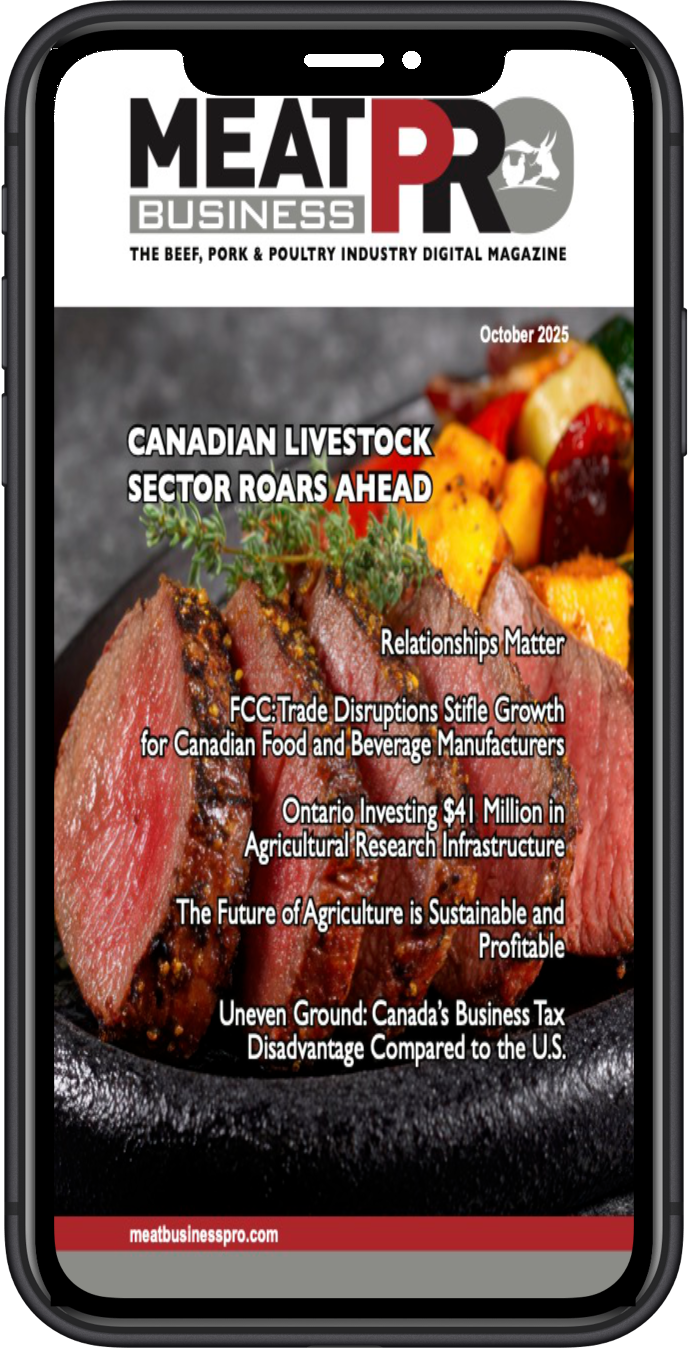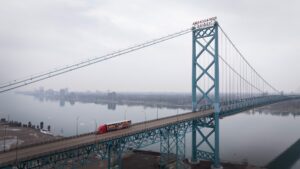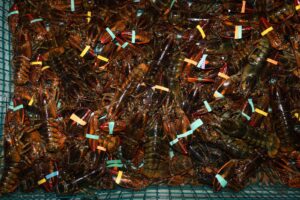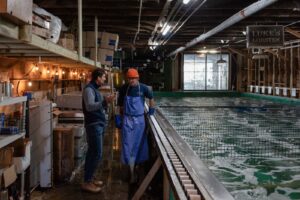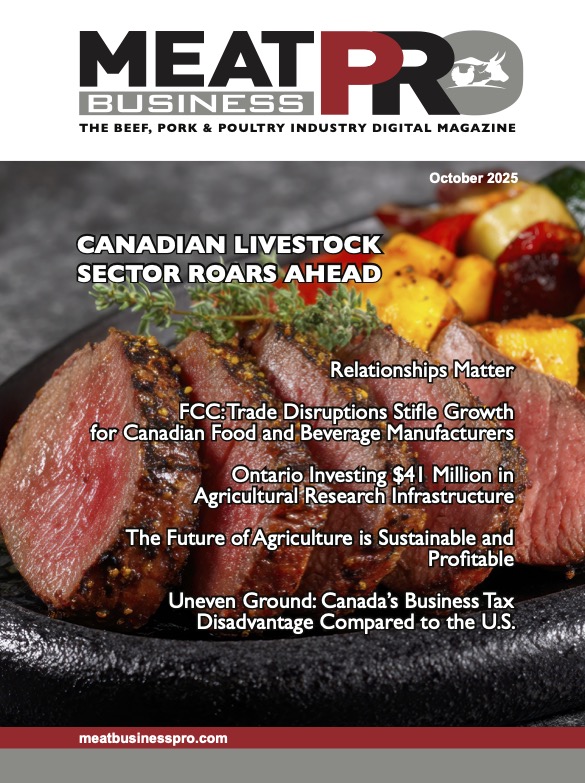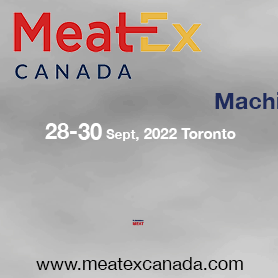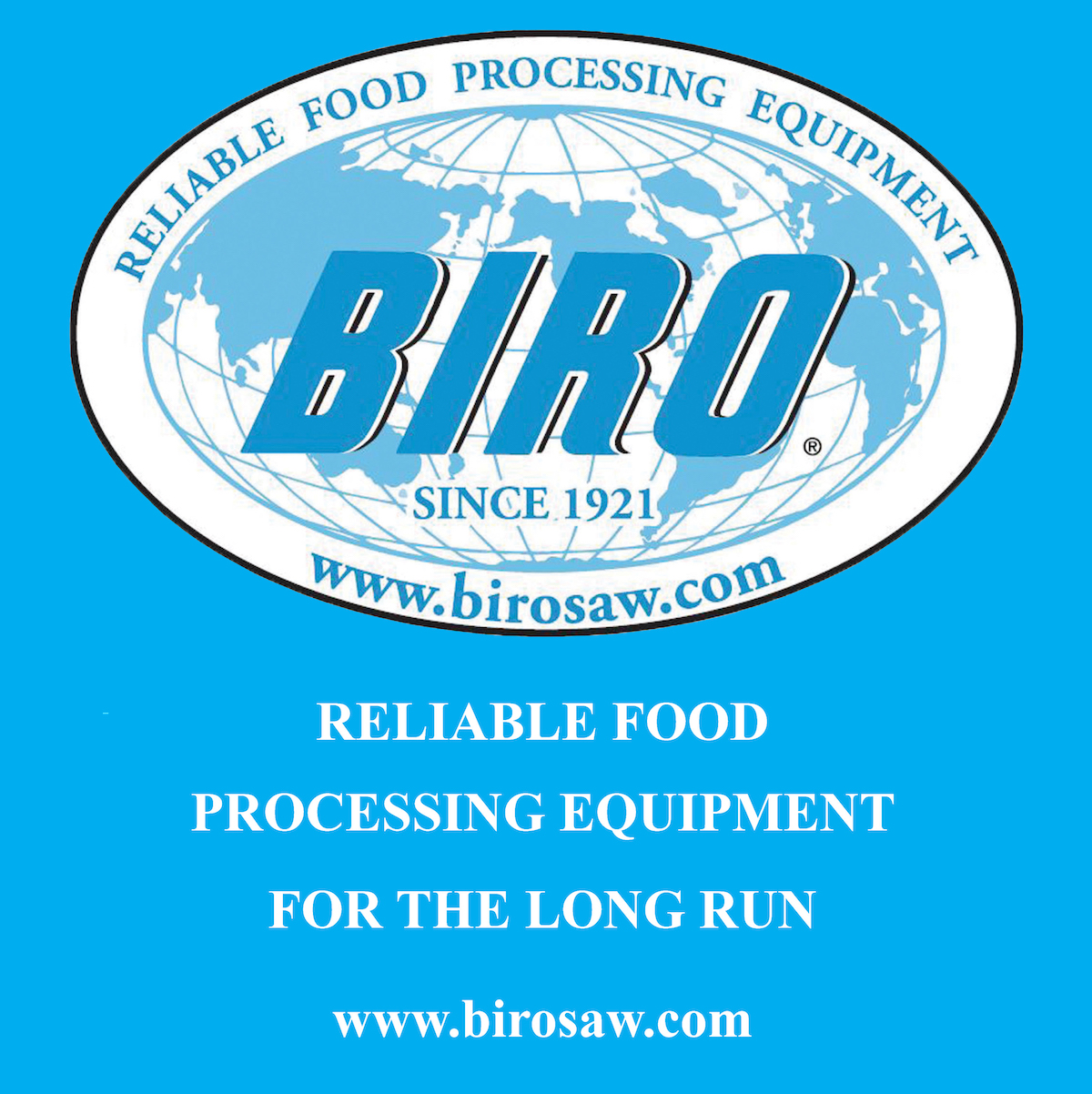A trade war casts a shadow over entwined Canada-U.S. supply chains – and a steakhouse staple
February 19, 2025
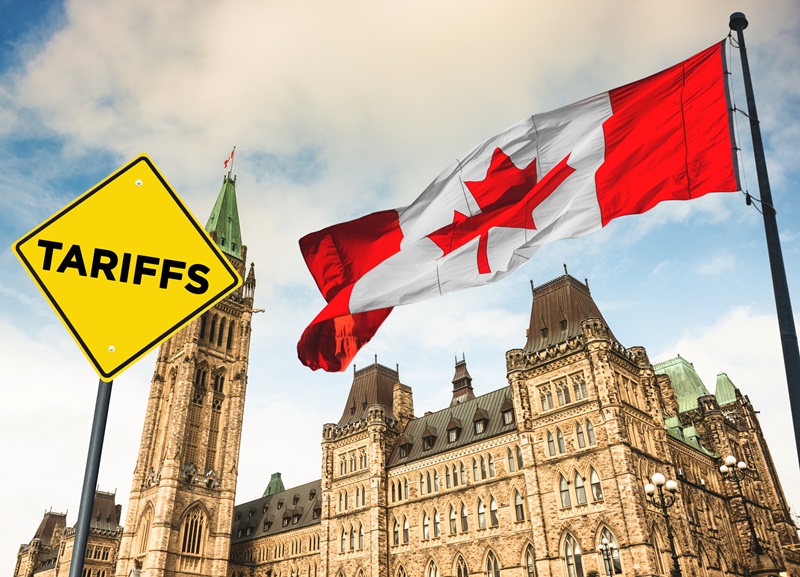
(iStock)
The complex journeys of steak and lobster that cross the U.S.-Canadian border illustrate the deep mutual dependency both countries have built in their food supply
by Nathan Vanderklippe & Lindsay Jones – The Globe and Mail
A truck carries goods across the Ambassador Bridge from Canada into the United States on Feb. 3, in Detroit, Mich.. Mr. Trump’s proposed 25 per cent tariff on all Canadian goods threatens the tightly interwoven webs of trade that grow, harvest and deliver fundamental elements of nutrition to North American tables.
Scott Olson/Getty ImagesBut in North America, surf and turf – that most fundamental of steakhouse staples – is today as much a product of free trade as an F-150 pickup.Lobster fishermen bring a catch to shore in Rockport, Mass. on Feb. 12. Nearly 40 per cent of the lobster caught in Maine goes to Atlantic Canada for processing – before returning to the U.S.Nathan VanderKlippe/The Globe and MailThe complex journeys these foods trace back and forth across the U.S.-Canada border are emblematic of the deep mutual dependency both countries have built in providing the most basic elements of sustenance. On the Atlantic coast, a cross-border bait trade in herring, menhaden and monkfish is used to set traps before so much as a pound of lobster is brought to shore. In the West, it’s not uncommon for beef semen to be sent from the U.S. to Canada, where it fertilizes an embryo that is then sent back across the border for implantation into a cow.Even for the humble hamburger, free trade can begin before conception.“Why would any government want to put tariffs on a food source?” asks Adam Schierman, an Alberta Angus breeder.The answer from the White House lies in the US$63.3-billion trade deficit with Canada that President Donald Trump has decried as a measure of his country’s biggest trading partner taking flagrant advantage. Much of that deficit comes from Canadian energy exports – and the U.S. enjoys a considerable trade surplus in services.Nonetheless, Mr. Trump has threatened a 25-per-cent tariff on all Canadian goods which, although it is currently on hold until early March, could be accompanied by further measures as the U.S., under his leadership, seeks to renegotiate North American free trade.This much is true: Canada mines, drills, fishes and slaughters far more than it can consume. It means Canadian producers rely heavily on trade and, as a result, stand more vulnerable to the punitive effects of tariffs than their U.S. counterparts. Canada raises roughly twice as much beef as it eats.Canadians stomach only a small fraction of the Atlantic Provinces’ lobster harvest – less than 10 per cent of what is landed and processed in this country.If tariffs come, “the burden will be on the Canadian fishermen and processors who rely on exports to the USA,” says Jordan Mazzetta, the owner of Minnesota-based Eddie M’s Seafood, who comes from a family with major lobster distribution and processing facilities in Canada and the U.S.“Canada has a lot to lose.”So, too, with beef. Canada raises far more cattle than it consumes. Tariffs are likely to crash prices north of the border, while pouring new profits into the pockets of American ranchers.But that notion masks the tightly interwoven webs of trade that grow, harvest and deliver fundamental elements of nutrition to North American tables. To unravel it is to make a logistical and economic mess. It also risks new vulnerability. Erect a hefty new obstacle to the cross-border movement of cattle, and suddenly ranchers have less ability to move herds around droughts. Create a financial disincentive to trading genetics, meanwhile, and the extraordinary progress in bettering beef – which yield roughly 10 per cent more meat per animal than they did just two decades ago – is likely to stumble.A single embryo can sell for $2,000. A prized bull can fetch $200,000. A 25-per-cent tariff would be so costly as to almost certainly constrict such sales and, with them, whatever further improvements lie ahead.“In a year, you’re not going to see anything. But you look at a 20-year span, and we are going to have drastic effects on beef production,” says Mr. Schierman, who is president of Davis-Rairdan International, an Alberta based exporter of beef embryos.“You’re just creating inefficiencies. And you’re making food more costly.”
The tank room, where live lobsters are kept at Luke’s Lobster, a pioneering upstart seafood chain, in Portland, Me.. In Maine last year, four in 10 pounds of lobster was sent to Canada for processing, much of it then trucked back south.
Lucy Lu/The Globe and Mail
Lobster has, from its earliest days as an industrial foodstuff, made for a tangled cross-border history. In the 1800s, American ownership interests in New Brunswick were accused of labelling poorer products as Canadian and better ones as American — despite all of them coming from the same Canadian cannery.One American brand exported Canadian lobster to the U.S. as a product of Maine.More than a century later, there’s a good chance it’s not local product that’s being served at the flagship location of Luke’s Lobster shack, perched on a pier in Portland, Me., where lobstermen dock their boats. Luke’s is a pioneering upstart seafood chain that has grown to 34 locations across the U.S. and Asia, selling a lobster roll with clam chowder as “The Mainer” and sandwiches it describes as prepared “in a New England style.”But many are stuffed with meat processed in Canada. Lobster is Canada’s top seafood export, and much of this country’s annual harvest – $1.58-billion – is sold to the U.S., delivered by corporations that span the border and truckers that regularly cross it. In Maine last year, four in 10 pounds of lobster was sent to Canada for processing, much of it then trucked back south in the form of claw and knuckle meat, frozen tails and other products.Trade follows a pattern set by complementary fishing seasons that swing from north to south, then back again. Much of Atlantic Canada’s lobster harvest takes place in winter, a season when Maine’s lobster fleet is mostly inactive.
Posted in Industry





